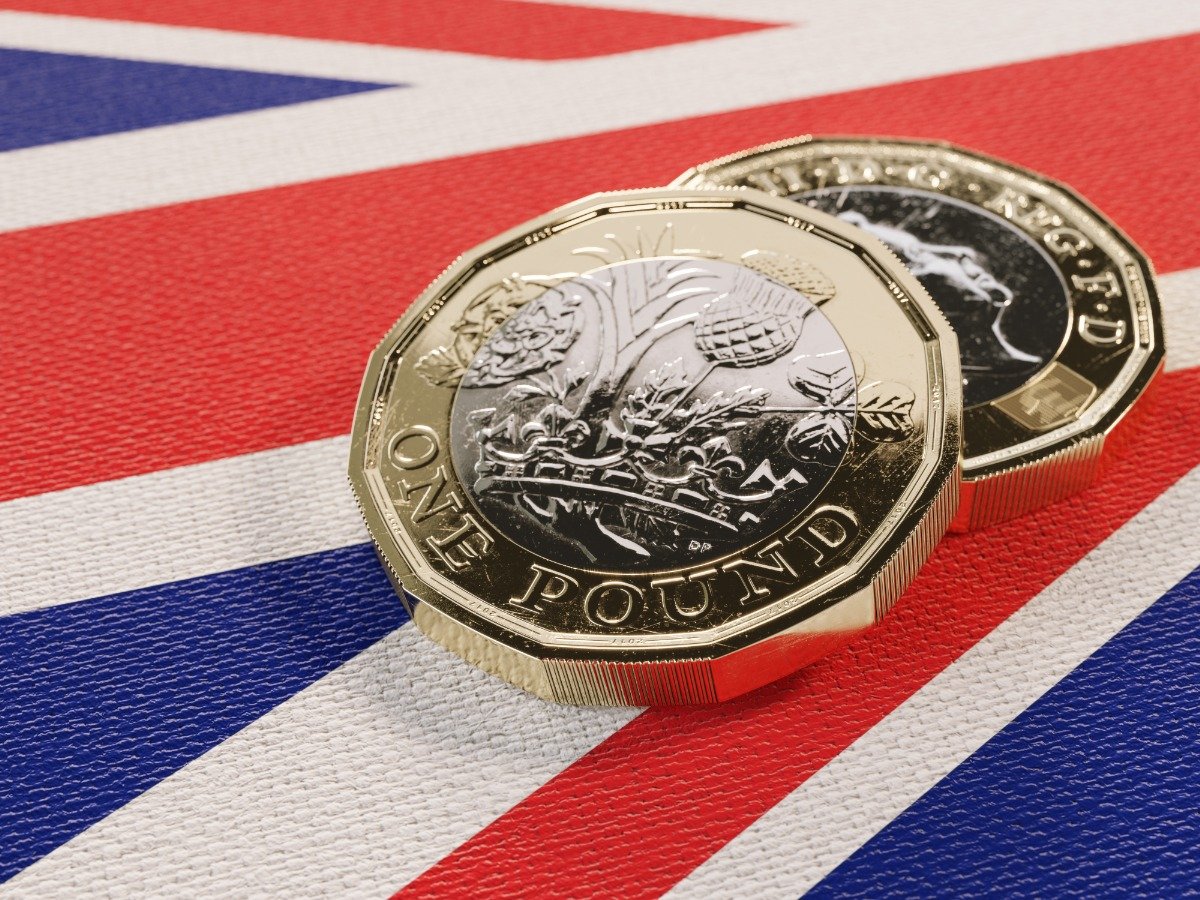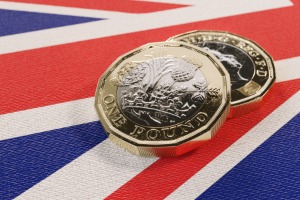26.01.23: US GDP Data Will Drive Near-Term Sterling and Euro Moves against the Dollar Global inflation and monetar

26.01.23: US GDP Data Will Drive Near-Term Sterling and Euro Moves against the Dollar
Global inflation and monetary policy trends will remain extremely important in the short term.
The Bank of Canada decision to announce a pause in hiking interest rates will have significant global implications, especially as it is the first major central bank to take this step.
From a global perspective, there will be hopes that the overall phase of monetary tightening is coming to a close.
In this context, risk appetite should remain relatively firm at this stage.
 The narrative will, however, change if there is evidence that the global economy is sliding into recession.
The narrative will, however, change if there is evidence that the global economy is sliding into recession.
There are also likely to be expectations that European central banks will adopt a more hawkish stance than North American central banks over the next few months.
These expectations will be important, especially with market positioning a key element ahead of key central bank policy decisions next week.
Consensus forecasts are that the ECB and bank of England will increase rates by 50 basis points next week with a 25 basis-point hike for the Federal Reserve.
Relative expectations will tend to erode potential dollar support.
Pound US Dollar Exchange Rate Outlook
The Pound remained vulnerable in early Europe on Wednesday with the Pound to Dollar (GBP/USD) exchange rate dipping below 1.2300.
There was solid GBP/USD buying on dips with the pair moving back above 1.2400 as the dollar slipped again and traded just below 1.2400 in early Europe on Thursday.
Overall confidence in the UK economy remains weak, but there are expectations that the Bank of England (BoE) will have to maintain a hawkish stance to combat inflation.
A hawkish policy stance will potentially underpin the UK currency in global terms, but the position is finely balanced given domestic recession fears.
In this context, domestic unease will continue to be a barrier to gains for the UK currency.
Overall risk trends will also remain important for the Pound with GBP/USD needing favourable conditions to make headway.
At this stage, GBP/USD is likely to face further selling on approach to the 1.2450 area.
Euro (EUR) Exchange Rates Today
The German IFO business confidence index strengthened to 90.2 for January from 88.6 the previous month and in line with consensus forecasts. There was an unexpected small decline in the current conditions assessment, but this was offset by a significant improvement in the expectations index
There was little impact from the data, but hawkish rhetoric from ECB members continued with two council members stating that substantial rate hikes will be needed at the February and March meetings and could extend beyond March.
The relatively hawkish rhetoric continued to underpin the Euro.
The Euro to dollar (EUR/USD) exchange rate found solid support on dips towards 1.0850 and again challenged resistance above 1.0900.
The pair traded around 1.0925 on Thursday and very close to 9-month highs, but has not been able to break higher.
EUR/USD should continue to find support on dips ahead of the ECB meeting with resistance levels still difficult to break down.
US Dollar (USD) Exchange Rates Outlook
There were no major US developments on Wednesday.
The dollar rallied at times during the day, but failed to hold the gains and the currency index was close to 9-month lows on Thursday.
The Bank of Canada move to put a hold on interest rate hikes triggered fresh speculation that the Federal Reserve would also adopt a more cautious stance and potentially decide against further rate hikes after an expected increase next week.
The US will release the first estimate of fourth-quarter GDP on Thursday.
Consensus forecasts are for annualised growth of 2.6% from 3.2% previously. Weaker than expected data would tend to increase recession speculation.
The dollar is liable to drift lower unless the data is much stronger than expected, but with interim support if equities lose ground.
According to Wells Fargo; “There are now signs the U.S. economy may be slowing in a more meaningful manner.
It adds; “With the Fed no longer leading the charge on interest rate hikes and U.S. economic trends set to worsen, we now believe the U.S. dollar has entered a period of cyclical depreciation against most foreign currencies.”
It expects gradual losses this year with a faster pace of losses next year as the Federal Reserve cuts rates aggressively from early 2024.
It summarises; “From current levels, we forecast the Fed’s trade-weighted dollar index versus advanced foreign economies to soften 3% by the end of 2023, and by a cumulative 8.5% by the end of 2024.”
Other Currencies
The Bank of Canada increased interest rates by 25 basis points to 4.50% at the latest meeting which was in line with consensus forecasts.
The bank expressed optimism that inflation has peaked and stated that rates would be on hold to assess further developments.
The market assumption is that rates have peaked and the Canadian dollar dipped lower in an immediate reaction before stabilising.
The Pound to Canadian dollar (GBP/CAD) exchange rate jumped to above 1.6600 from near 1.6450 and traded just above 1.6600 on Thursday.
Commodity currencies were unable to make further headway amid doubts over the global economy.
The Pound to Australian dollar (GBP/AUD) exchange rate dipped to fresh 15-week lows at 1.7315 before a recovery to 1.7420 on Thursday.
The Pound to New Zealand dollar (GBP/NZD) exchange rate also secured a net gain to 1.9100.
The Pound to yen (GBP/JPY) exchange rate dipped to lows at 159.50 before a recovery to near 160.50.
The Day Ahead
Markets will remain on alert for any unofficial briefings from the Federal Reserve through the Wall Street journal.
Equity markets will continue to have an important impact on exchange rates.
Markets will need to monitor Ukraine developments with a particular focus on Russian rhetoric after Western countries agreed to supply battle tanks to Ukraine.
news.google.com
